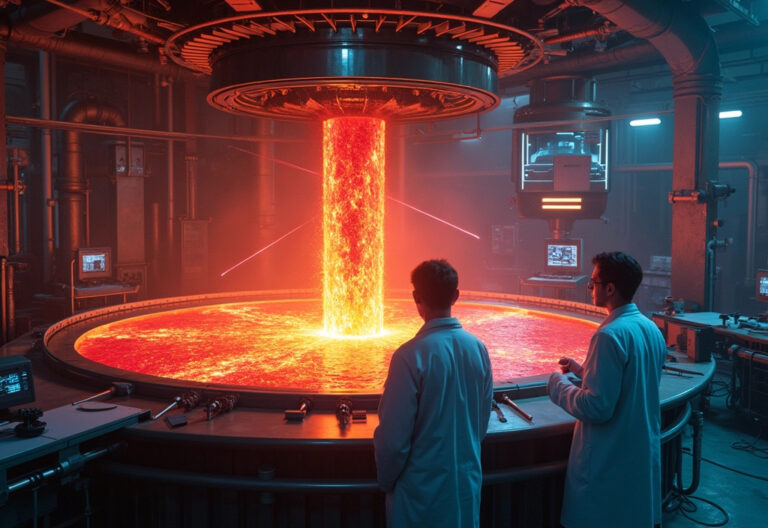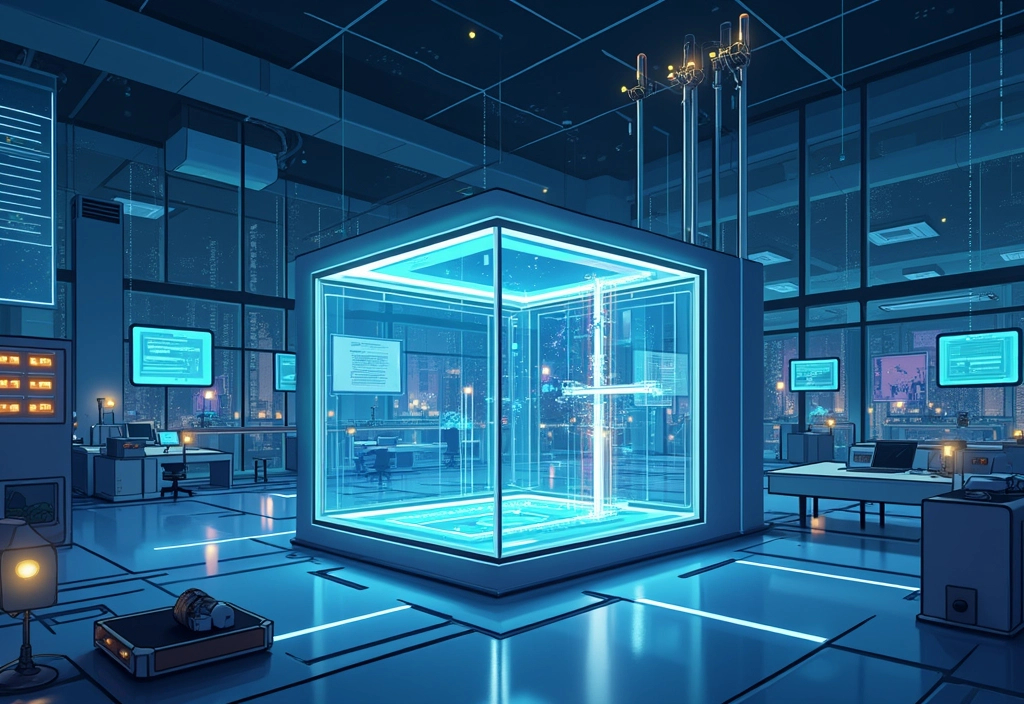In a major step forward for clean energy innovation, scientists at Oak Ridge National Laboratory (ORNL) have unveiled a pioneering method for monitoring chemical changes in molten salt reactors in real time. This breakthrough could pave the way for the safer and more efficient deployment of next-generation nuclear reactors.
Why Molten Salt Reactors Matter
Molten salt reactors (MSRs) are considered one of the most promising avenues for future nuclear energy. Unlike conventional reactors, MSRs use a mixture of heated salt—often containing dissolved uranium—as both a coolant and fuel source. They operate at high temperatures and low pressures, offering the potential for increased safety and efficiency.
But here’s the catch: the chemistry inside these reactors is complex and highly dynamic. Monitoring the real-time state of molten salt mixtures has long been a challenge—until now.
The Breakthrough: Laser-Induced Breakdown Spectroscopy (LIBS)
The ORNL team deployed a technology called laser-induced breakdown spectroscopy (LIBS) to analyze molten salt compositions in real time. In LIBS, a high-powered laser pulse strikes the molten material, creating a tiny plasma. The light emitted by the plasma is then analyzed to identify the elements and isotopes present.
This marks the first time LIBS has been successfully used to measure both elements and isotopes in molten salt at operating conditions.
Using a modular LIBS setup equipped with multiple spectrometers, researchers tested a molten salt mixture of sodium nitrate and potassium nitrate at 350°C. They introduced argon gas infused with two hydrogen isotopes to simulate reactor conditions, tracking how these gases dissolved and diffused in the salt.
The method also detected oxygen simultaneously, helping differentiate between hydrogen gas and water vapor—an important distinction in reactor chemistry.
Why This Matters
This technology could revolutionize how we understand and operate molten salt reactors. Real-time chemical feedback:
- Enhances reactor safety monitoring
- Improves fuel efficiency and lifespan
- Enables automated control systems
- Reduces the risk of chemical instability
With real-time sensing, future nuclear reactors can adjust dynamically to maintain optimal performance, minimizing risks and maximizing energy output.
The Future of Nuclear Innovation
Although no molten salt reactors are currently operational in the U.S., renewed interest from both public and private sectors is reigniting research and development. ORNL’s innovation could be the missing piece in making these reactors commercially viable.
As global demand for clean, scalable, and safe energy grows, technologies like LIBS could be key to unlocking a new era in nuclear power—one that is smarter, safer, and more sustainable.
Check out the cool NewsWade YouTube video about this article!
Article derived from: New method measures real-time chemical changes in molten salt | ORNL. (2025, March 19). ORNL. https://www.ornl.gov/news/new-method-measures-real-time-chemical-changes-molten-salt















